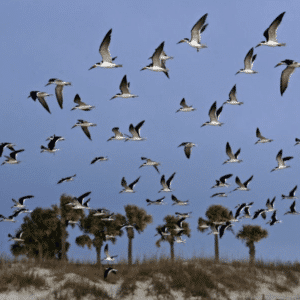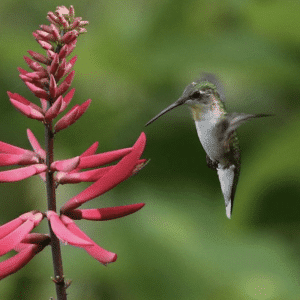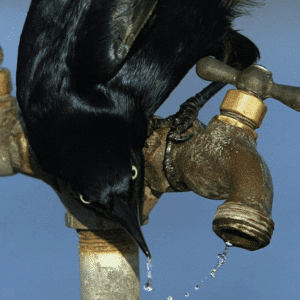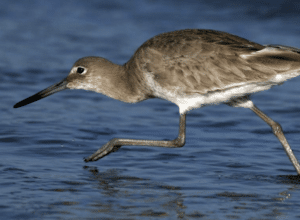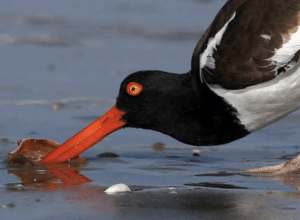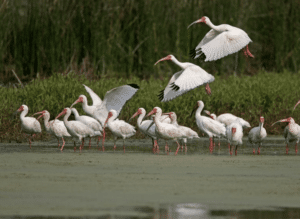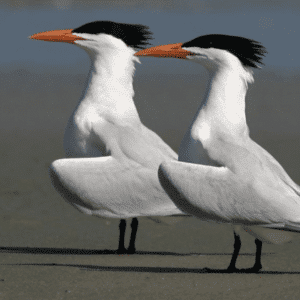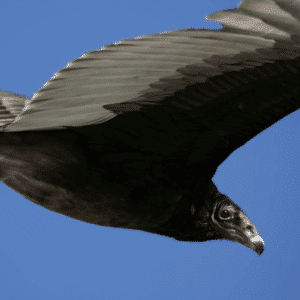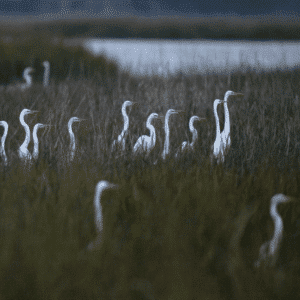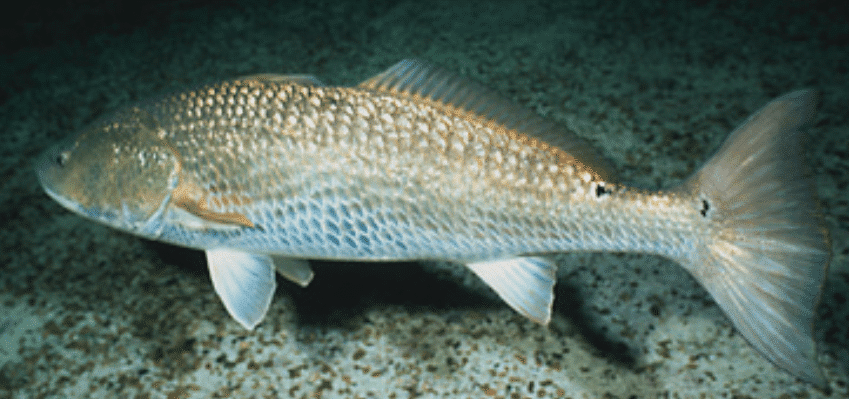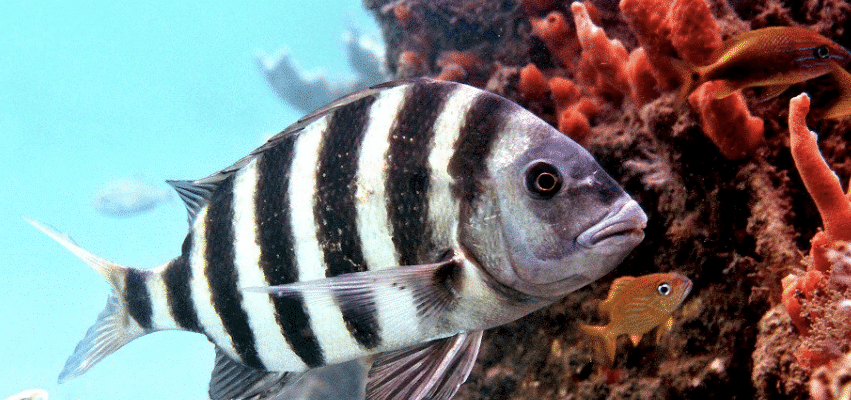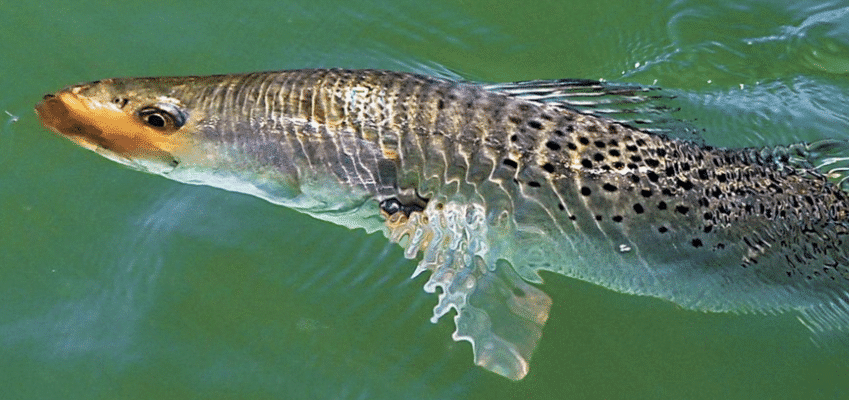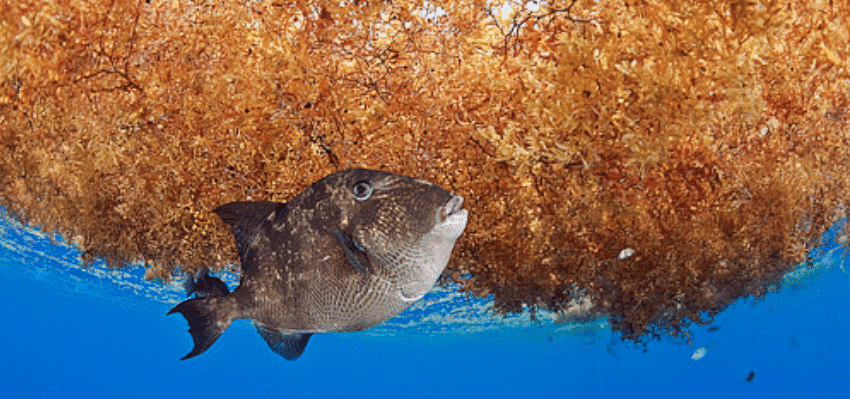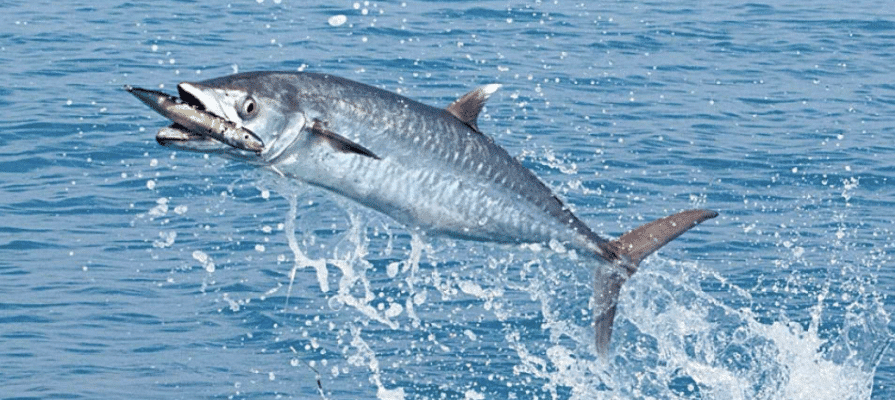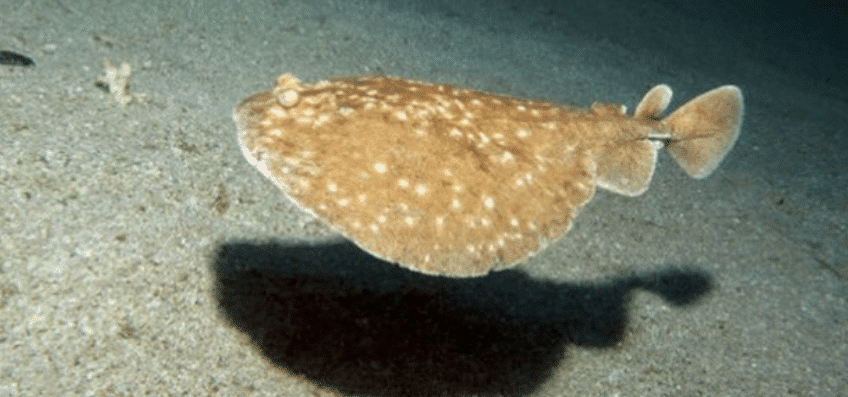Sea Turtles
Though usually seen at night, loggerhead sea turtles have, for centuries, found the beaches of the Golden Isles a preferred spot for laying their eggs. Preferring drier habitats to burrow into, gopher tortoises can often be found in the sand dunes on Golden Isles beaches.
The following are some tips on what you can do to help protect Georgia’s sea turtles:
- Do not use lights on the beach at night
- Never disturb a sea turtle that is crawling to or from the sea.
- Once a sea turtle has begun nesting, observe her only from a distance.
- Do not shine lights in a sea turtles eyes or take flash photography.
- Do not touch or disturb nests or hatchlings.
- To report a dead or injured turtle, or sea turtle harassment, call 1.800.2.SAVE.ME. (If the sea turtle is tagged, please include the tag color and number in the report if possible.
To learn about sea turtle rehabilitation visit https://gstc.jekyllisland.com

Jellyfish
The most common jellyfish on St. Simons Island are Cannonball Jellyfish; they are found year round . They are ball-shaped and feel more like rubber or plastic instead of soft and mushy. Cannonball Jellies don’t have any long tentacles that sting, so they are fairly harmless.
During the winter we have a couple of cold-water species: the Lion’s Mane Jelly, and the Mushroom Jelly. The Lion’s Mane has a very mild “sting”. The Mushroom Jelly is our largest jellyfish, but it doesn’t sting.
Moon Jelly are flat, round, and clear. You can identify a Moon Jelly by the four “horseshoe shaped” canals around the middle. Moon Jellies have fairly short tentacles, and they produce a relatively mild sting.
It’s usually during late July and into mid-August when we spot the Sea Wasp Jellyfish. They are clear and have long, hair-like tentacles. The Sea Wasp Jellyfish sting is strong, and you will notice it for sure. Because they are clear, you usually can’t see them in the water. But even when they have washed up on the beach, their tentacles can still sting.
- Cannonball Jellyfish
- Lion’s Mane Jelly
- Mushroom Jelly
- Cannonball Jelly
- Moon Jelly
- Sea Wasp Jellyfish
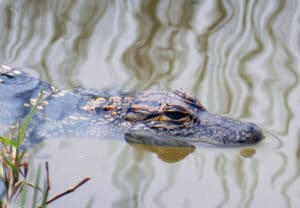
American Alligator
Habitat: Marshes, swamps, rivers, ponds, and lakes; also sometimes found in ditches, neighborhoods, drainage canals, golf course ponds, and swimming pools.
Description: A large aquatic reptile with short, thick legs, a powerful tail, and a rounded body. Adults are dark gray and young have distinct yellow bands on the body and tail.
Size: Adult male American alligators measure 11 to 15 feet in length, and can weigh up to 1,000 pounds. Hatchlings are about nine inches long when they are born.
Food: Will eat anything they can catch including fish, turtles, insects, crustaceans, small mammals, and snails.
Breeding: Lay 35-45 eggs in a nest of mounded vegetation, which the female guards. There are currently about 200,000 alligators in Georgia.
Predators: Adults have no natural predators but young are often eaten by raccoons, birds, snakes, otters and other alligators.
For more information visit https://www.tybeemarinescience.org/naturalist/american-alligator/
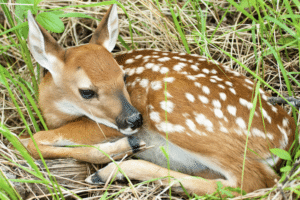
Deer
White-tailed deer and fallow deer roam the maritime forests of St. Simons and Jekyll Island. The deer range from dark brown to a spotted reddish tan, and they have enormous sets of flat antlers. The deer were brought to neighboring Little St. Simons Island in the early 1900s. In addition to their looks, they had the ability to swim and made their way to St. Simons Island, where they multiplied. Fallow deer originally come from Asia and were introduced to central Europe during the Roman Empire’s period of glory. Then, British colonizers brought them to North America. Nowadays, the herd of St. Simons Island is one of the biggest deer herds along these in Otenbury Preserve in Sweden and in Phoenix Park in Dublin, Ireland. They have also been spotted on Jekyll Island and in mainland Brunswick.
Diet: Herbivores
Group Name: Herd
Average Lifespan: 6 to 14 years
Size: 6 to 7.75 ft
Weight of Adult Deer: 110 to 300 lbs
For more information on white tail deer visit nationalgeographic.com
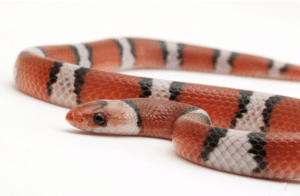
Snakes
Scarlet Snakes are the only snake species on Little St. Simons Island that is considered nocturnal, which is usually the only time they are observed moving on the surface of the soil or substrate. These snakes are semi-fossorial, spending most of their time underground.
Snakes found in the Golden Isles:
- Eastern Ribbonsnake
- Cottonmouth
- Eastern Diamondback Rattlesnake
- Eastern Garter Snake
- Timber Rattlesnake
- Eastern Rat Snake
- Corn Snake
- Common Kingsnake
- Scarlet Snake
- Rough Greensnake
- Banded Water Snake
- Ringneck Snake
- RedbellySnake
- Southern Black Racer
- Coachwhip
Coastal Birds
Island living isn’t just all about the ocean, there’s rivers and marshes that create the perfect habitat for birds of all kinds, making bird watching in the Golden Isles kind of a thing! The Golden Isles, including Brunswick, Little St. Simons Island and Jekyll Island, are a part of the Colonial Coast Birding Trail, which features over 300 different species of birds to watch – that’s almost 75 percent of all bird species that inhabit the state of Georgia.
- Oyster Catcher
- White Ibis
- Turkey Vulture
- Willet
- Douney Woodpecker
- Royal Terns
- Yellow Rumped Warbler
- Black Skimmers
- Wood Stork
- Great Horned Owl
- Humming Birds
- Great Egrets
- Boat tail Grackles
Marine Fishes of Georgia
If you head out to sea and troll with live bait, you’re likely to gets strikes by cobia, snapper, king mackerel, Spanish mackerel, grouper, and amberjack among other species, especially from May to September. Shark and tarpon can usually be hooked a few miles offshore, with peak times being mid-summer through September. But you don’t need a boat to enjoy great fishing around here! You can surf cast and crab from the stretches of beach on the north end of St. Simons Island. The piers are popular spots for float-fishing, bottom fishing, and crabbing. Spotted sea trout are plentiful at the causeway bridges (where permissible) using live shrimp and minnows as bait. If fly fishing is your thing, you can find redfish schooling in mere inches of water during the winter months, but there are ample opportunities to fish them in the marshes year-round. Tripletail arrive in early spring and can be sight fished off the beaches with flies or artificial lures. Jack Crevalle can be caught with a fly rod in the marshes and sound during summer months.

